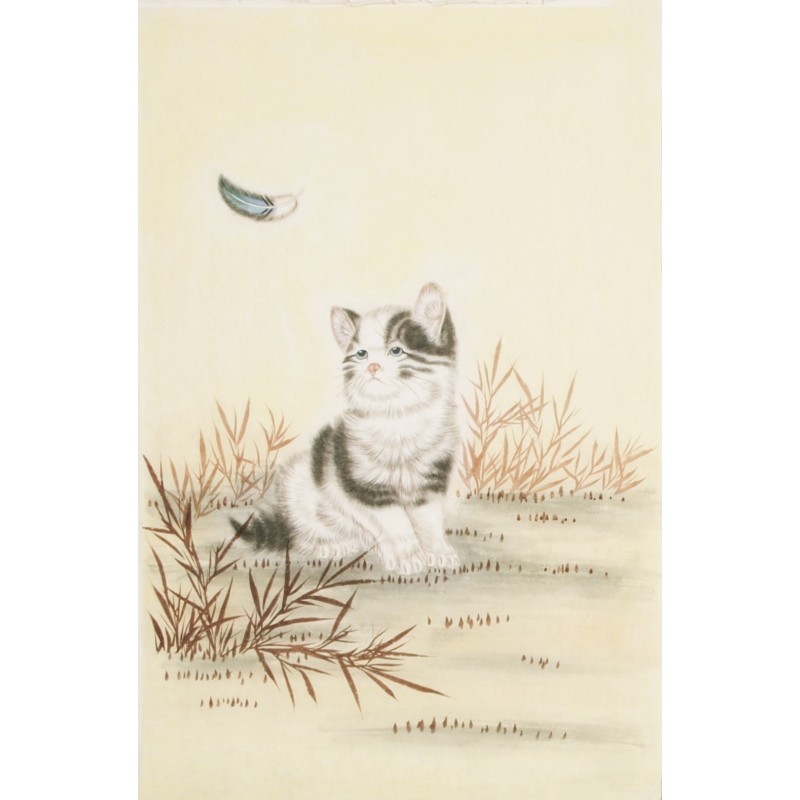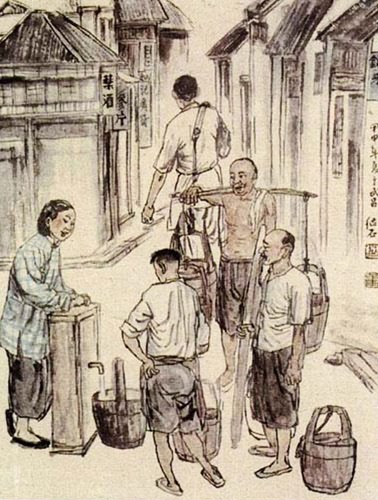The Plum Blossom-the King and Queen of Flowers
The plum blossom is the king of the top ten famous flowers and the queen of flowers.
One enduring favorite is the plum blossom--the flower that can withstand frosty weather. The beautiful and delicate flower buds emerge and burst into full bloom, unhindered by frost and snow and thus the plant is revered for its perseverance, strength, courage, and hope and as a sign of the spring to come. The Republic of China adopted the plum blossom as its national flower on July 21, 1964. The five petals represent the Republic’s 5 branches of government. It is the national flower of the Republic of China also because of the resilience it represents for the Chinese people. It is also considered one of the Three Friends of Winter in Chinese tradition along with pine and bamboo because of its resilience during the winter months. As one of the Four Gentlemen, or Four Plants of Virtue, the plum represents winter.
The plum blossom has played an important role in Chinese culture throughout history, especially in Chinese art. The plum blossom is not only used to demonstrate strength oftentimes in Chinese art, flowers are used to signify character traits, but is also represents the Five Blessings. The flower has five petals, each of which symbolize one of the five blessings or happiness, longevity, wealth, health, virtue, and the desire to die naturally at an old age. Appropriately, a branch or sprig of red plum blossoms are used in Chinese New Year decorations and gifts to express good wishes for the coming year. The plum tree's sinuous trunk has often been compared to a dragon's body. The ideals of purity, beauty, strength, courage and perseverance have all been associated with the delightful plum blossom, and thus they are found in many paintings and on vases.
Although the tree’s significance comes largely from the symbolic strength associated with the blossoms, the fruit is also important to people ofEast Asia. The fruit can be eaten, pickled, or used to make juice or liquor.







